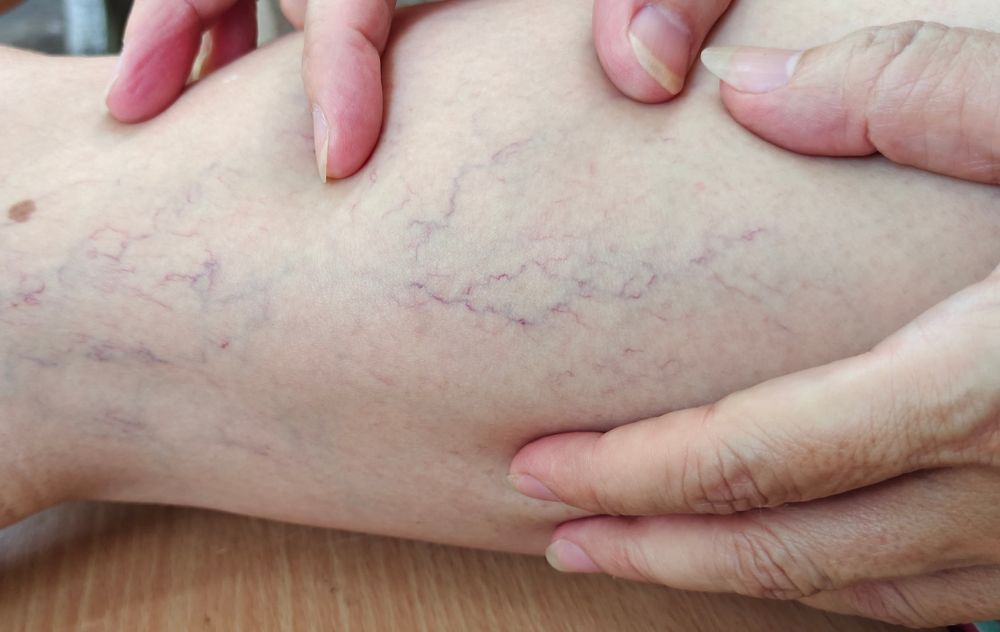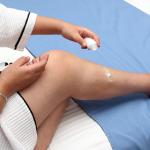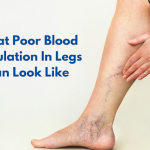

What Age Do You Get Reticular Veins?
When it comes to vein health, many people associate varicose or spider veins with older age—but what about reticular veins? These bluish or greenish veins that lie just beneath the skin’s surface can show up earlier than you might expect. So, what age do you get reticular veins, and should you be concerned?
What Are Reticular Veins?
Reticular veins, sometimes called feeder veins, are medium-sized veins that are larger than spider veins but smaller than varicose veins. They often appear as flat, bluish lines under the skin, especially behind the knees, on the thighs, or around the ankles. While they’re usually not painful, they can cause aching or discomfort and often lead to spider veins branching out from them.
When Do Reticular Veins Typically Appear?
There’s no magic age when reticular veins start to form—it varies based on several factors. However, they most commonly appear between the ages of 30 and 50. That said, some people may start noticing them in their late 20s, especially if they have a genetic predisposition or specific lifestyle factors that contribute to vein problems.
Factors That Influence the Onset of Reticular Veins:
-
Genetics: If your parents or grandparents had visible veins, there’s a higher chance you’ll develop them too—sometimes at a younger age.
-
Hormonal Changes: Pregnancy, birth control pills, or hormone replacement therapy can increase your risk due to hormonal fluctuations.
-
Prolonged Standing or Sitting: Jobs that require standing all day (think nurses, teachers, or retail workers) can lead to vein issues earlier.
-
Obesity or Weight Gain: Extra weight puts more pressure on your veins, accelerating vein damage.
-
Sun Exposure: UV rays can weaken skin and blood vessels, especially on the face and legs.
-
Lack of Movement: Sedentary lifestyles make it harder for blood to circulate properly, causing vein walls to weaken over time.
Age You Might Get Reticular Veins
You might start noticing reticular veins in your 30s or 40s, but they can appear earlier depending on your genes and lifestyle. They’re common, treatable, and nothing to be embarrassed about. If you’re concerned about the way they look or feel, don’t hesitate to seek expert advice. Your legs deserve to feel (and look) their best at any age.
Are Reticular Veins a Health Concern?
While they’re mostly cosmetic, reticular veins can sometimes be a sign of underlying venous insufficiency. If you notice discomfort, swelling, or skin changes around the area, it’s best to get evaluated by a vein specialist.
Can You Prevent Them?
You can’t always prevent reticular veins—especially if they run in your family—but you can delay their onset or reduce their severity:
-
Stay active and avoid prolonged sitting or standing
-
Maintain a healthy weight
-
Elevate your legs when resting
-
Wear compression stockings if recommended
-
Protect your skin from excessive sun exposure
When to See a Specialist
If reticular veins are bothering you—either physically or aesthetically—a vein specialist can assess your condition and recommend non-surgical treatment options like sclerotherapy or laser therapy.





